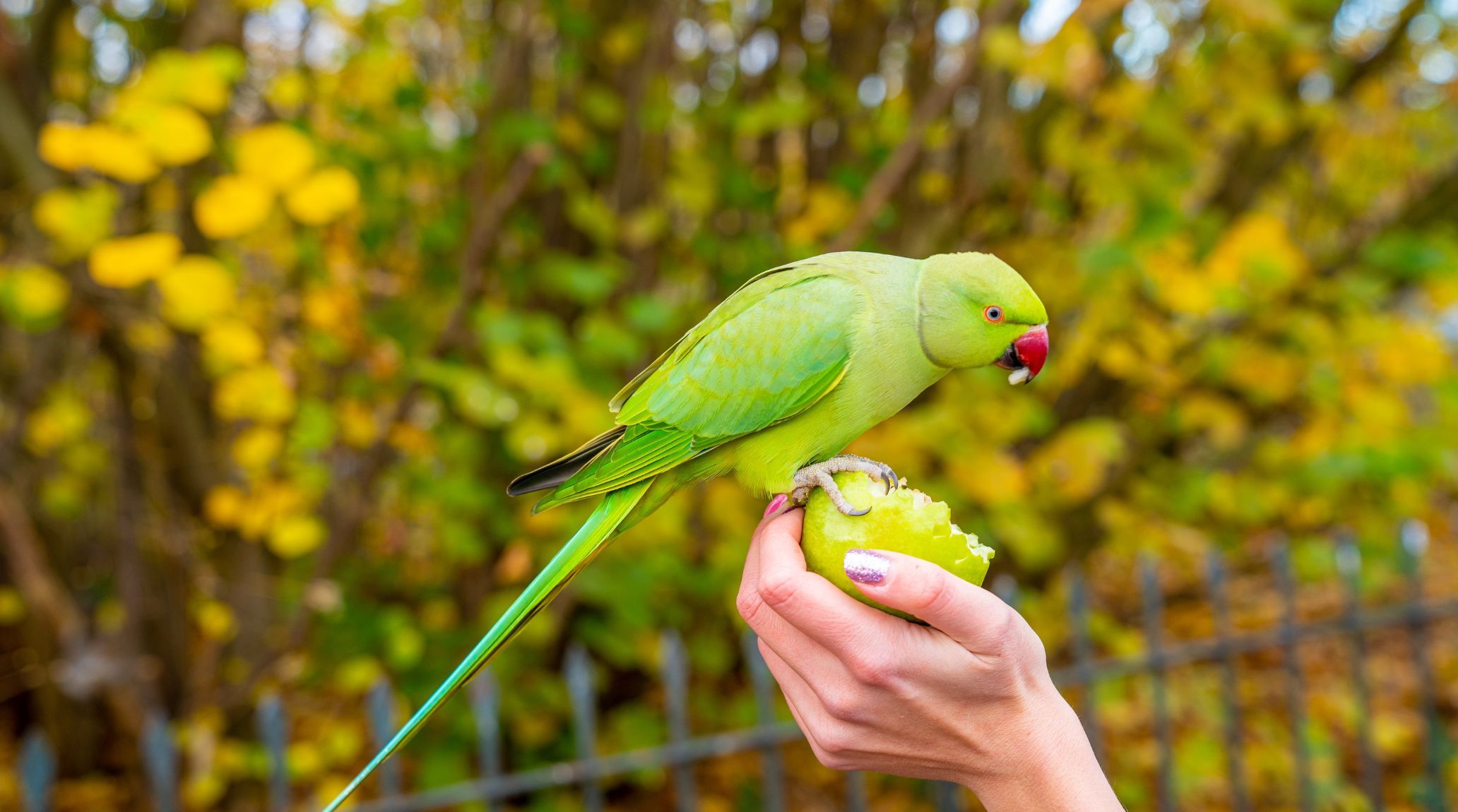
“
Parrots are some of the most captivating and colorful birds found around the world. Known for their intelligence, vibrant plumage, and unique behaviors, these birds have fascinated people for centuries. In this blog, "Parrot Facts for Kids," we will explore 20 fascinating and lesser-known facts about parrots. From their ability to mimic human speech to their complex social structures, parrots are truly remarkable creatures. Let's dive into the world of parrots and discover what makes these birds so special.1
1
1
”
Parrots display a stunning array of colors, ranging from brilliant blues and greens to vibrant reds and yellows. These colors help them blend into their tropical forest habitats while also attracting mates. 1
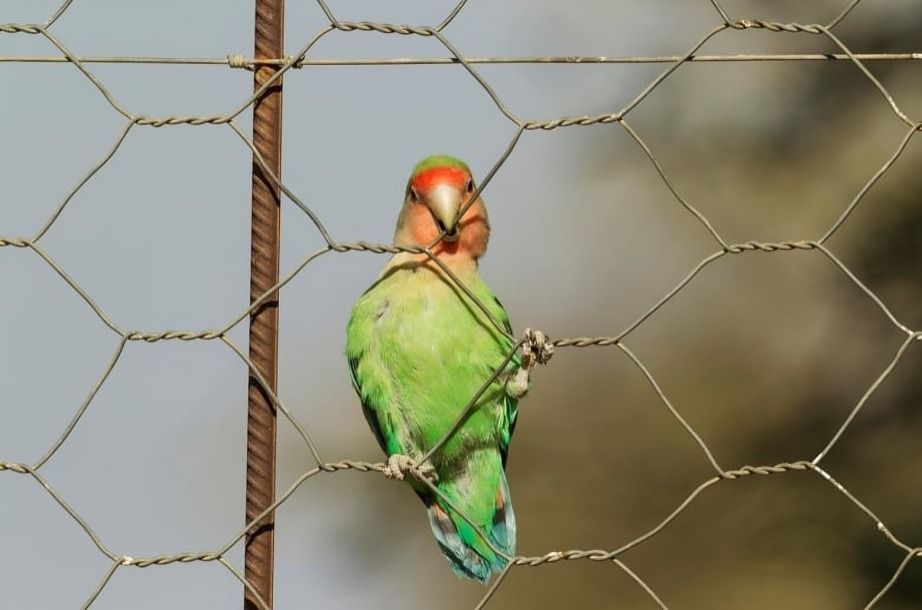
The strong, curved beak of a parrot is not just for cracking nuts; it's also used for climbing, grooming, and even as a third foot when needed. This adaptability makes their beak one of their most versatile tools.
Parrots are highly social and often live in large flocks in the wild. They use calls and body language to communicate, showcasing intricate social behaviors. Their interactions reflect a rich social structure and intelligence. 2
Parrots have zygodactyl feet, with two toes facing forward and two facing backward. This unique structure provides a strong grip, crucial for climbing and handling objects. It enhances their dexterity and ability to interact with their environment. 3
While seeds and nuts are staple foods for many parrot species, their diet also includes fruits, flowers, and even insects. This varied diet ensures they get all the nutrients they need to stay healthy. 4
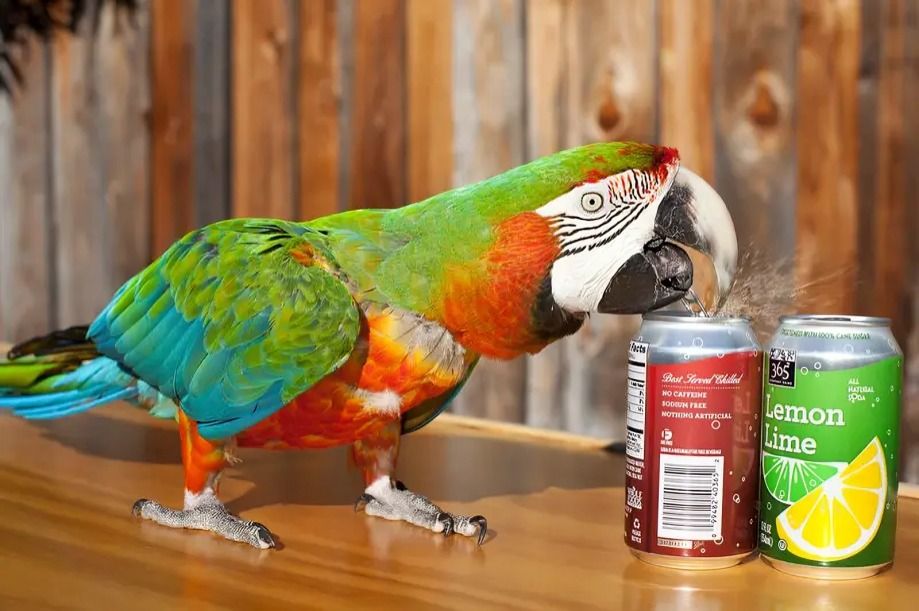
Zac the Macaw holds an impressive record for opening 35 canned drinks in just one minute, showcasing extraordinary speed and dexterity. The record was set in San Jose, California, emphasizing the macaw's exceptional talent.
Parrots perform elaborate courtship rituals to attract mates, involving synchronized movements, vocalizations, and vibrant displays of their colorful plumage. These intricate behaviors are designed to impress potential partners and establish bonds. 5
Parrots are meticulous nest builders, often creating nests in tree hollows or using existing crevices. They line their nests with leaves, feathers, and bark to provide a cozy environment for raising their chicks. 6
While many parrot species are sedentary, some undertake seasonal migrations in search of food or nesting sites. These migrations can span hundreds of kilometers, showcasing the parrots' adaptability and resourcefulness in varying environments. 7
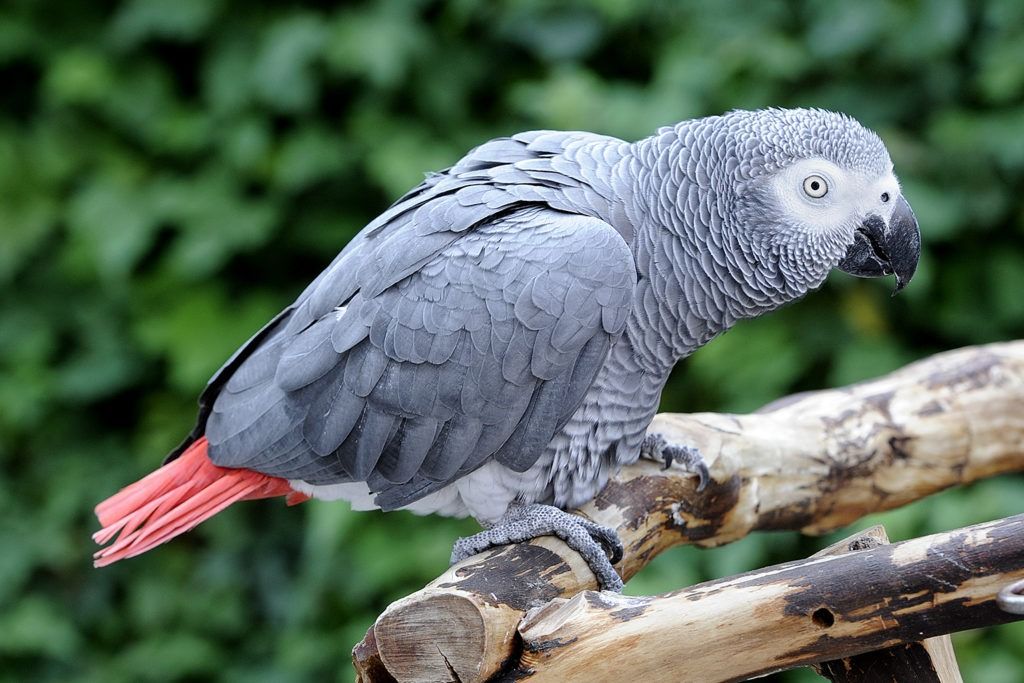
Certain species of parrots, like the African Grey Parrot, are famous for their ability to mimic human speech and other sounds from their environment. They can learn hundreds of words and phrases, showcasing their intelligence.
Parrots are known for their high levels of intelligence and problem-solving abilities. They can solve puzzles, learn complex tasks, and adapt to diverse habitats, which helps them thrive in various environments. 8
Each parrot species has its own distinctive vocalizations, ranging from loud squawks to melodious calls. These vocalizations serve various purposes, from communication within flocks to establishing territory. 9
Parrots lay eggs after mating, with the female typically producing one to eight eggs per clutch. The eggs are incubated by the female, who keeps them warm until they hatch, usually within 18 to 30 days, depending on the species. 10
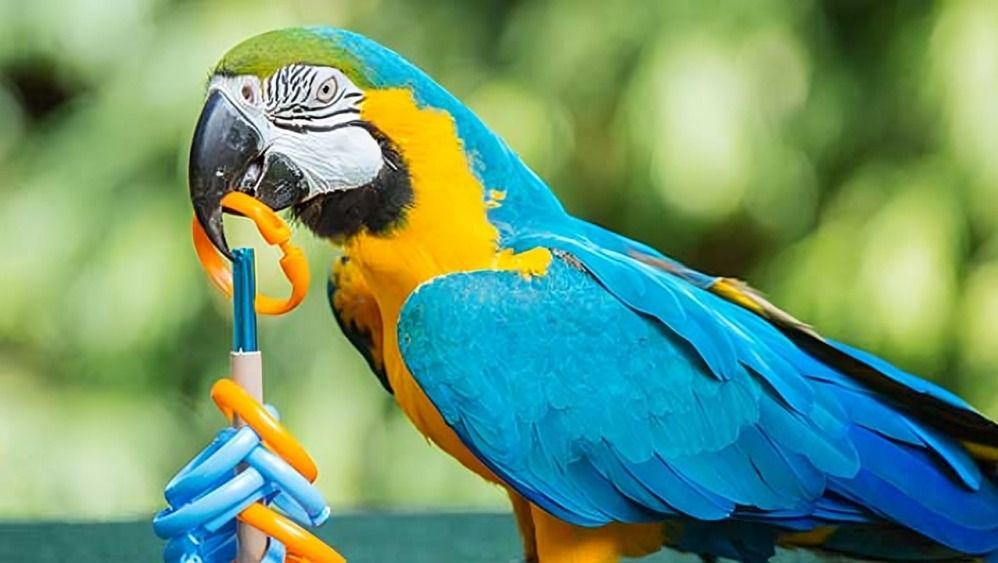
Skipper Blue the Macaw, along with trainer Wendy Horton, achieved a remarkable feat by placing 19 rings on a target in one minute in Los Angeles, demonstrating incredible precision and teamwork.
Parrots can weigh up to seven pounds, depending on the species. Larger parrot species, like the macaws, reach this impressive weight, showcasing their robust build. Their size contributes to their strong beaks and vibrant plumage, making them striking and captivating birds. 11
Parrots use their feet like hands to grasp and manipulate food. They hold their food with one foot and use their beak to nibble and peel, demonstrating their dexterity. This unique feeding method allows them to handle various types of food efficiently. 12
There are over 350 species of parrots, each with its own unique characteristics and adaptations. From the tiny pygmy parrots of Papua New Guinea to the majestic macaws of South America, parrots exhibit incredible diversity. 13
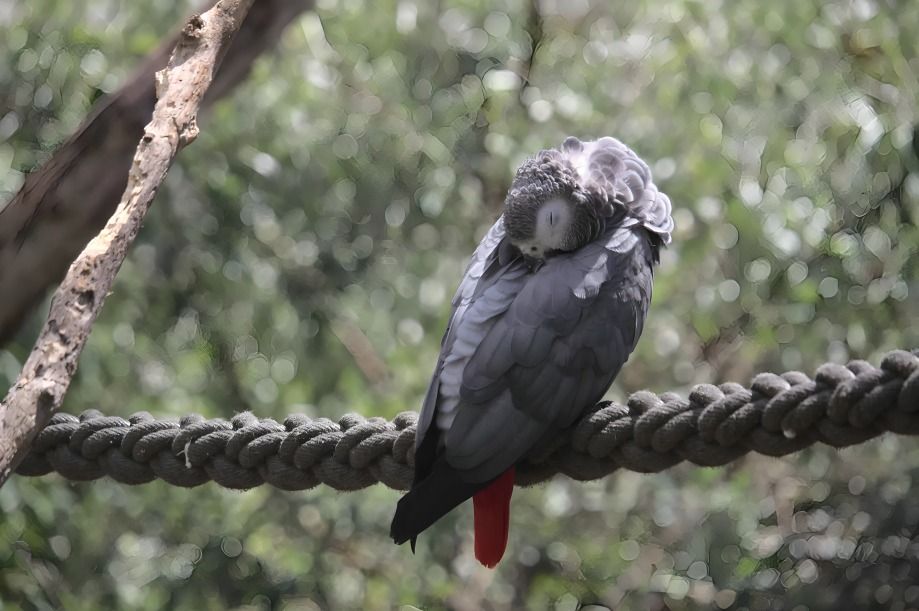
Parrots have a unique sleep pattern called "unihemispheric slow-wave sleep," allowing them to rest one half of their brain while keeping the other half awake. This adaptation helps them stay alert to potential threats even while sleeping, ensuring their safety in the wild.
Parrots are known for forming strong, lifelong bonds with their mates and flock members. Some species exhibit monogamous behavior, where pairs stay together for years and even share parenting responsibilities, fostering a deep sense of companionship and cooperation among them. 14
Some parrot species can live for several decades in captivity, with records of certain individuals reaching over 80 years old. Their longevity makes them lifelong companions for many bird enthusiasts. 15


